Opening of the first five-star resort signals growing fortunes for the ill-discovered island.
Indonesian infrastructure developments are to make the wonder of the Komodo dragon and the surrounding islands' spectacular diving opportunities a challenger to the Balinese dominance of the Indonesian tourist industry.
For aspiring tourists, Komodo National Park is approximately four hours by boat or an hour and a half plane journey from the world-famous tourist hub of Bali. Following arrival at the island of Flores, another three to four hours must be spent getting to the park, which can only be accessed for day-trips by boat. Put simply, currently the park is difficult to access. However, as both a World Heritage Site and home to the majestic Komodo dragon it is a highly-attractive, sought-after destination for both domestic and international tourists.
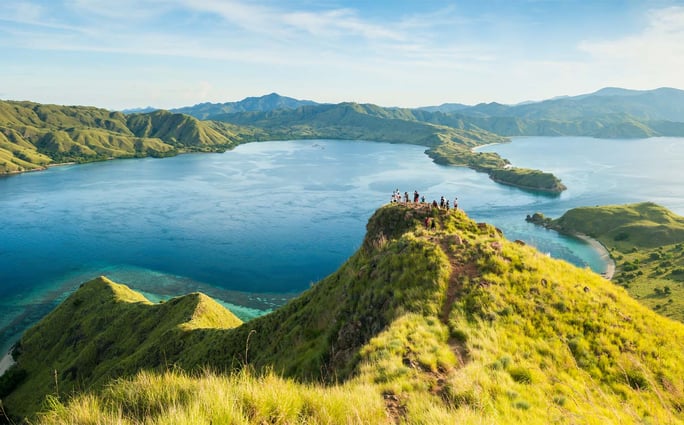
Fig.1: Flores presents some of Indonesia's most unspoilt areas of natural beauty
Flores, the island gateway and buffer to the park, plays host to this burgeoning tourist industry. Currently, it is notoriously inaccessible in comparison to its better known neighbour, Bali, whose international airport has allowed the island to attract holiday-makers from around the world for decades. As a result, the island of Flores receives far fewer visitors than it should.
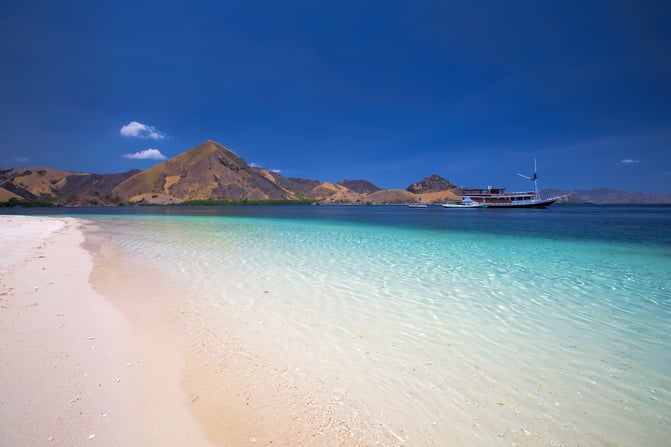
Fig.2: In addition to its proximity to Komodo National Park,The island of Flores is host to unspoilt beaches and coral reefs
Indeed, Indonesia as a whole, in comparison to its neighbours, significantly under-performs in terms of tourist numbers. Both Singapore (18.5 million) and Malaysia (26 million), for example, tower Indonesia (15.8 million) as a tourist destination. Both countries arguably outperform Indonesia because of developed tourist infrastructure and ease of accessibility. This is set to change. The government’s “10 New Balis” project aims to diversify the nation’s tourism industry, double its share of GDP and increase total visitors to 20 million by 2020. This is hoped to be achieved through the Tourist Department’s “3As”: ‘attention, accessibility and amenities’. As a result of this, Indonesia’s travel and tourism industry is forecast to grow by nearly seven percent in 2022.
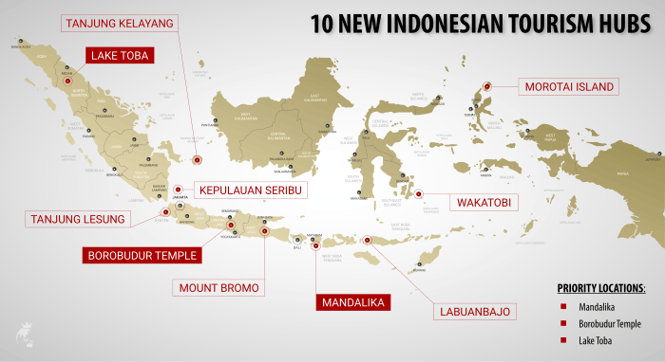
Fig.3: The Indonesian government's "10 New Balis" tourist development plan
Labuan Bajo, currently Flores’ domestic, regional airport, is one of the chosen destinations for development. Following significant investment into the airport in 2016, increasing capacity from some 150,000 to 1.5 million people. The new plans will allow the airport to receive international flights. This $200 million infrastructure investment, will increase the airport’s capacity by more than four times to just over four million by 2044. This hoped to increase visitors to Komodo National Park and Eastern Indonesia serving as a boost to the domestic economy.
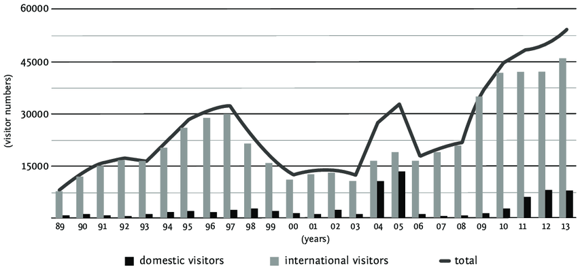
Fig.4: Tourist numbers visiting Labuan Bajo have been increasing for several years
Testament to these hopes of improved tourist numbers is the opening of the island’s first five-star resort, Yana Komodo Resort, Waecicu Beach in Labuan Bajo. Moreover, given increasing numbers of tourists visiting Indonesia (up 13 percent between 2017-18), it is expected that the island of Flores, the gateway to Komodo National Park, is in line for prolonged, significant economic growth, with a projected increase in tourist numbers from 120,000 in 2017 to over 500,000 in 2019. In short, the island is set to boom, benefitting from the boons of greater accessibility through significant infrastructure investment. This spike in tourists will only continue given the internationalisation of the island’s airport.
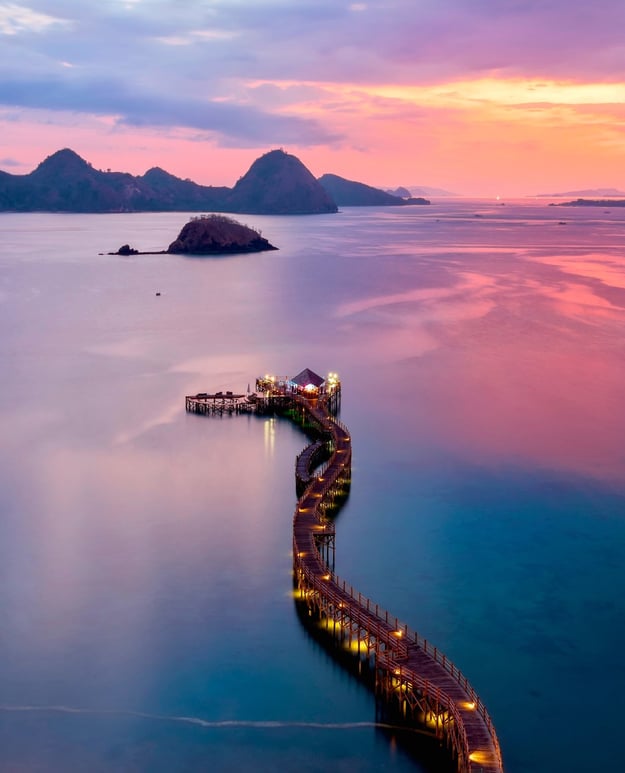
Fig.5: Stunning views from Flores' first five-star resort Yana Komodo, Waecica Beach in Labuan Bajo
Similar airport developments in other South-East Asian tourist destinations have led to an astronomical increase in visitor numbers. Jeju island, off the coast of South Korea, after experiencing significant investment, increased its visitor numbers from about five million in 2005 to just over 15 million in 2019. Moreover, after further investment into the airport infrastructure on the island, it is expected to host 45 million visitors by 2035. Below is the huge number of flight destinations operated by the island’s airline: Jeju Air. A similar pattern of development in Flores may catapult the island into travelling stardom.
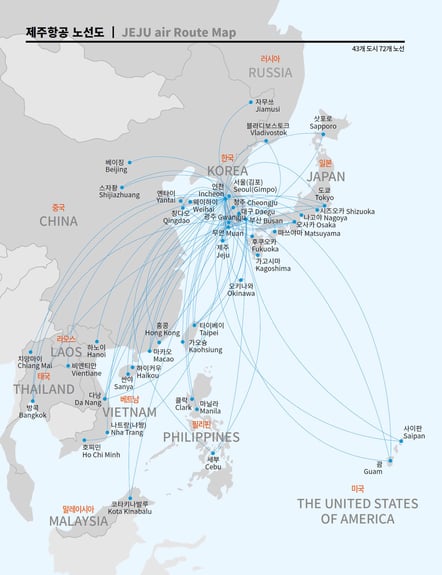
Fig.6: Jeju Air's air Route Map
Air travel is also a notoriously resilient, growing industry in the face of economic headwinds, with air traffic doubling every 15 years. Traffic from emerging markets specifically is due to increase by 5.8 percent annually. Furthermore, international tourist arrivals are also projected to reach 1.6 billion globally by 2020, nearly a 50 percent increase since 2014. Thus, this is a prime time for Indonesia to invest into its aviation industry. Moreover, this general trend of increasing air travel is also concentrated in the Asia-Pacific region, with domestic Asian emerging economy flights and Advanced asian economies' to asian emerging economies flights to grow by 6.9 percent and 5.6 percent, respectively. These market tailwinds will likely feed the fledgling Flores tourist industry the demand it is projected to attract.
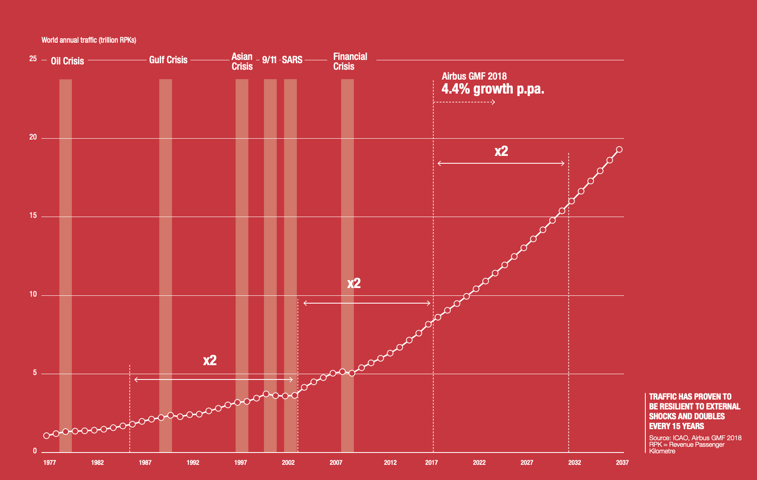
Fig.7: Airbus' projections for future air traffic growth to 2037
How will this impact real estate?
The closest comparison to Flores’ real estate prospects is Bali. Despite Indonesia’s relatively strict foreign investment laws, restricting ownership to long-term leases of about 70 years, property prices, in the luxury market particularly, have doubled or even tripled in the past five to six years. Global Property Guide writes that previously a four-bedroom condo costing US $700,000 will now sell for US $1.7 million. This increase is even greater in the tourist hotspots of Ubud and Seminyak. The prospects for the island are therefore extremely positive. Moreover, with Indonesia being described as the hottest property market in South-East Asia by AsiaPropertyHQ.com, the future is bright for fledgling Flores.
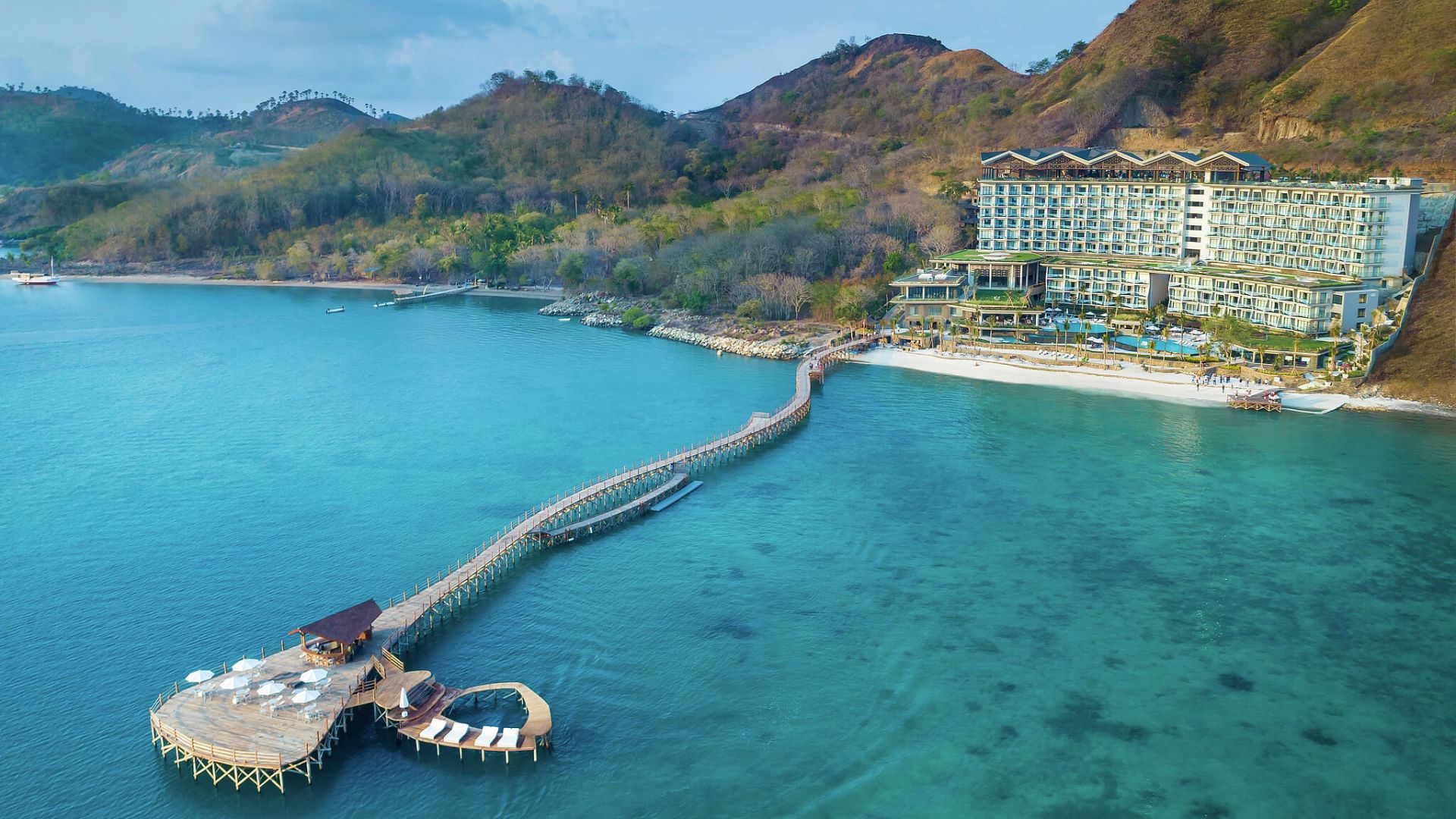
Fig.8: The new Yana Komodo Resort, Waecicu Beach in Labuan Bajo
Komodo, given its natural beauty and under-developed tourist industry is thus projected by some to be the next Indonesian tourist magnet. With more visitors comes greater demand for an array of goods, including real estate. Thus as an investment frontier it presents an exciting, untested prospect.





